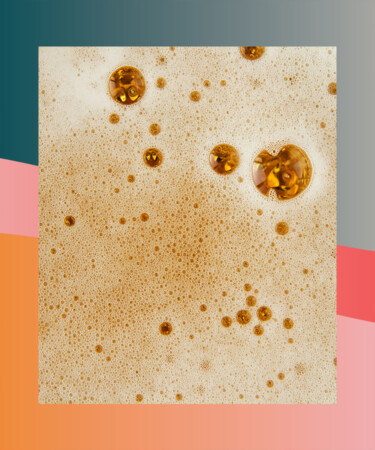Long before Michaels was around for craft runs, artists got a bit more creative when prepping their materials.
A recent study found that several paintings from mid-19th century Denmark were created using remnants of the beer-making process, according to Science News. The report, published in academic journal Science Advances on Wednesday, details the discovery of cereal grains and brewer’s yeast in the base layers of historic Danish art pieces.
Royal Danish Academy conservator Cecil Krarup Anderson and her colleagues examined paintings from the Danish Golden Age (the early to mid-1800s). The group specifically studied the chemical makeup of 10 individual pieces by Danish painting legend Christoffer Wilhem Eckersberg by examining canvas samples extracted during a previous project. They discovered proteins from Saccharomyces cerevisiae, better known as brewer’s yeast, in seven of the paintings. Wheat, barley, buckwheat, and rye proteins — all staples in the beer-making process — were also present in the samples.
After confirming the presence of these proteins in the paintings’ primer specifically, the group created a similar mixture from modern-day brewing byproducts and found it to be a suitable substitute for traditional primer, which is used to make paint appear brighter and glossier on the canvas.
Anderson says the study could help researchers identify yeast and byproduct proteins in other paintings, enabling preservationists to better understand how to best store and display history works of art.
“It’s another piece of the puzzle,” she says.
Well, there’s one more weird and wonderful use for beer.
